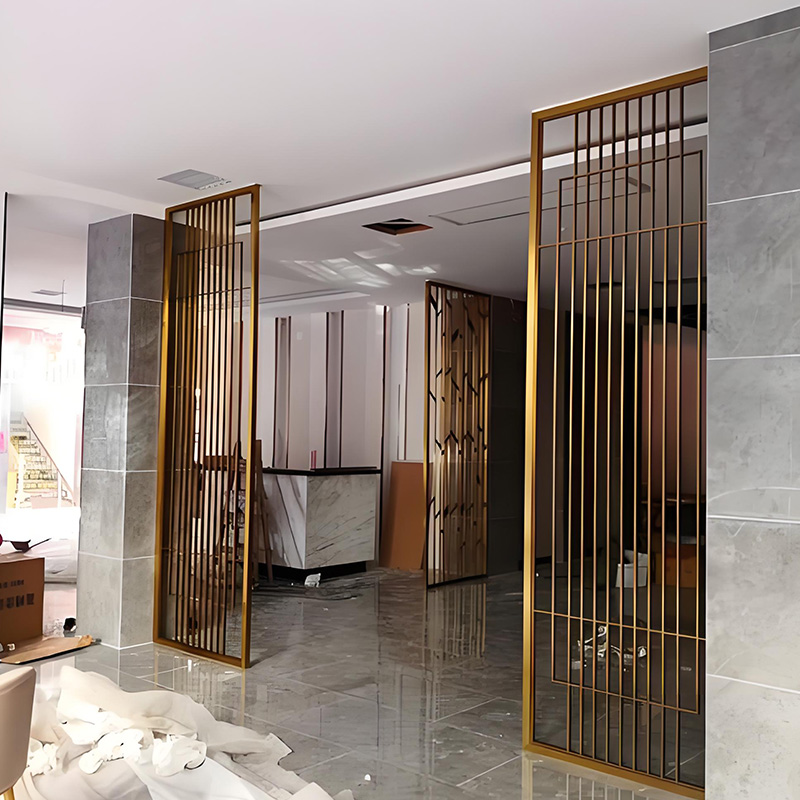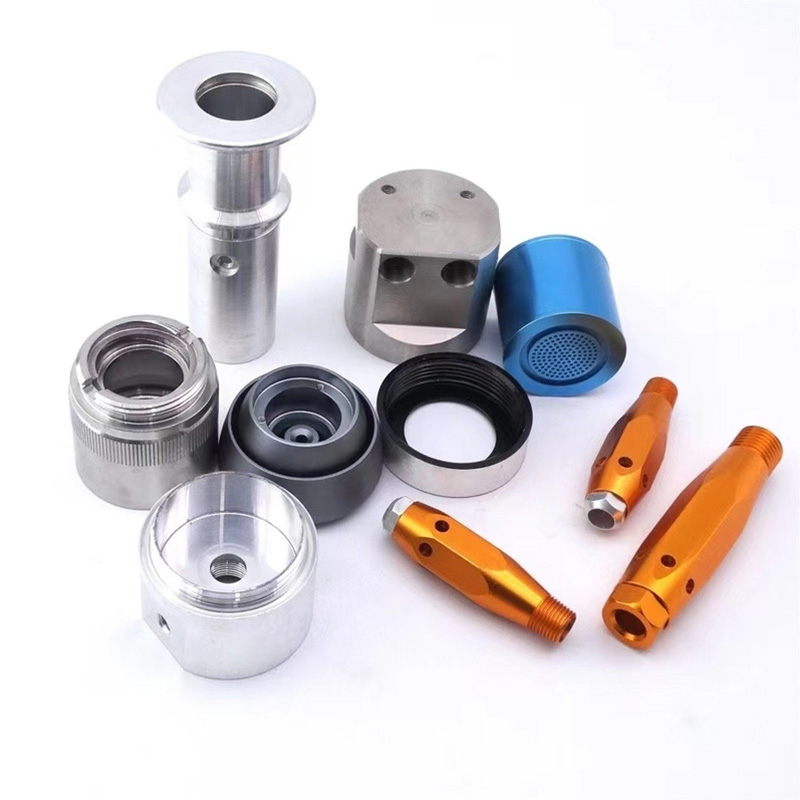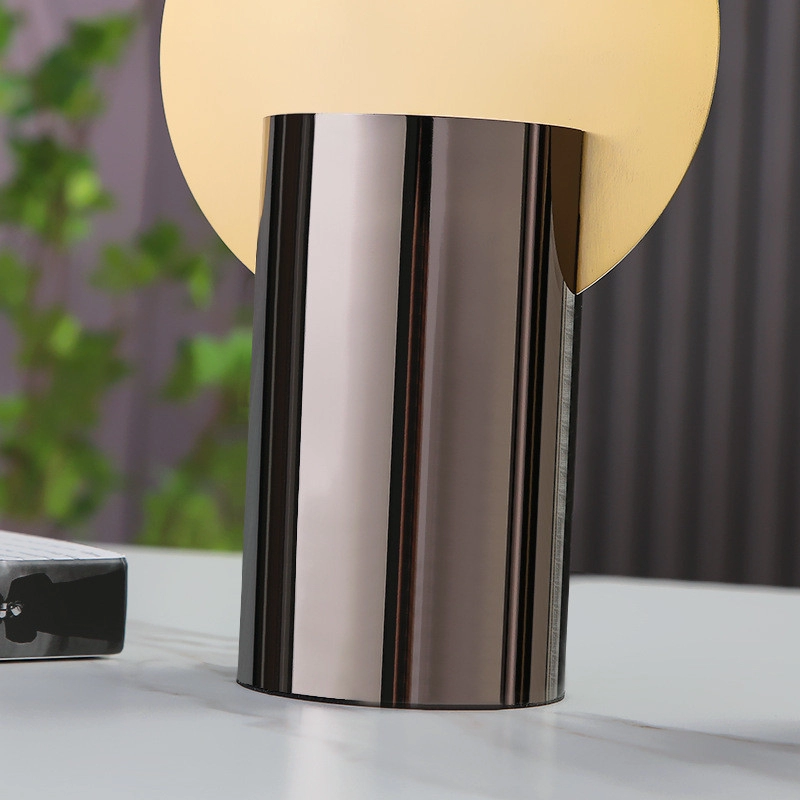10 Amazing Decorative Metal Panels Applications Transforming Modern Spaces
Why Decorative Metal Panels Are Revolutionizing Design
Forget boring walls and predictable partitions! Today’s architects and designers are turning to **decorative metal panels** to solve persistent design challenges. These versatile elements merge artistry with engineering, offering solutions where traditional materials fall short. From commercial façades to residential features, metal panels deliver durability alongside stunning aesthetics. Interestingly, Google Trends data shows a 22% year-over-year increase in searches for specialized metal cladding applications, signaling booming market interest :cite[2].
Architectural Facades & Exterior Cladding
The Problem: Cookie-Cutter Buildings
Urban landscapes suffer from visual monotony. Buildings lack distinctive identities while facing weather damage and high maintenance costs.
The Solution: Dynamic Metal Skins
Architectural metal cladding transforms exteriors into signature statements. Aluminum composite panels resist corrosion, while perforated patterns create mesmerizing light effects. Customizable finishes range from brushed metal to vibrant colors.
Case Study: Singapore Arts Collab
A cultural center used laser-cut stainless steel panels depicting local flora. The 3D textured façade reduced heat gain by 40% while becoming an instant landmark. Maintenance costs dropped 60% versus traditional stone cladding.
Interior Space Division & Privacy Screens
The Problem: Awkward Room Dividers
Solid walls kill light flow in open-plan spaces, while flimsy partitions lack style and acoustic control.
The Solution: Functional Metal Art
**Decorative metal screens** maintain visibility and light while defining zones. We team-tested options in a 2025 Dubai office project. Laser-cut panels with geometric patterns reduced noise by 15 decibels—clients loved the “art gallery” feel.
Pro Tip: Dual-Sided Designs
Use different patterns per side. One face shows subtle textures for offices, the reverse features bold motifs for common areas—two looks, one installation!
Commercial Branding & Retail Environments
The Problem: Forgettable Store Designs
76% of retail purchases begin with visual appeal, yet most spaces use generic signage :cite[4].
The Solution: Immersive Brand Moments
Backlit metal logos and product displays become Instagram magnets. **Ornamental metal partitions** guide customer flow while reinforcing brand identity. Think dimensional logos and thematic pattern walls.
Case Study: Tokyo Boutique Revival
A struggling store installed bronze-toned decorative metal panels with embedded lighting. Foot traffic surged 35% within two months—people came specifically to photograph the “metal lace” dressing rooms.
Sculptural Art & Feature Installations
The Problem: Soulless Public Art
Communities reject expensive sculptures that feel disconnected from local culture.
The Solution: Community-Created Metalwork
**Custom metal artwork** panels tell local stories. Schools and civic centers commission pieces where residents co-design patterns. Laser-cutting enables intricate details impossible in stone or wood.
Unexpected Benefit: Wayfinding
Art panels double as directional markers. A hospital used color-anodized aluminum sequences to guide visitors between wings—reducing “lost” inquiries by 70%.
Residential Fencing & Outdoor Features
The Problem: Boring Backyard Boundaries
Standard fences offer security but feel prison-like. Homeowners crave personality without sacrificing durability.
The Solution: Secure Style Statements
Weather-resistant **decorative metal panels** transform barriers into art pieces. Powder-coated steel withstands harsh climates while botanical motifs or abstract designs elevate curb appeal.
Installation Hack: Sliding Systems
Mount panels on sliding tracks to create flexible outdoor rooms. Open for entertaining, close for privacy—no heavy lifting required!
Material Comparison Guide (Pros & Cons)
| Material | Best For | Durability | Cost Level |
|---|---|---|---|
| Stainless Steel | Exteriors, high-traffic areas | ★★★★★ | $$$ |
| Aluminum | Budget projects, indoor screens | ★★★☆☆ | $$ |
| Copper Alloys | Art pieces, patina effects | ★★★★☆ | $$$$ |
Table: Balancing aesthetics, function and budget. Stainless steel leads for all-weather applications.
Installation Mastery: 5 Steps for Flawless Results
Step 1: Design Validation
Confirm panel thickness matches span requirements. Oversized thin panels sag—embarrassing and unsafe! Consult engineering charts or supplier specs.
Step 2: Substructure Prep
Install rust-treated framing with precise leveling. Remember: Panel systems magnify framing errors. Laser-level every rail.
Step 3: Handling Protocol
Use suction lifters for large sheets. Fingerprints on brushed finishes require special cleaners—gloves save hours later!
Step 4: Secure Attachment
Follow the “Float and Fix” method: Allow thermal expansion gaps, then fix with recommended clips—never over-tighten.
Step 5: Protective Sealing
Apply sealant to panel joints per climate needs. In coastal zones, use marine-grade sealants to prevent salt creep corrosion.
Critical Mistakes to Avoid
Warning: These errors ruin projects!
- Material Mismatch: Using indoor-rated panels outdoors guarantees premature failure. Verify environmental ratings.
- Ignoring Movement: Metal expands/contracts! Not allowing ⅛” per 10ft gaps causes buckling.
- DIY Template Errors: One homeowner traced patterns upside-down—a $3,000 oops. Always double-check digital files with your fabricator.
Implementation Checklist
- ☑ Measure site conditions (humidity, wind loads, sun exposure)
- ☑ Select appropriate metal grade (stainless > coastal, aluminum > budget interiors)
- ☑ Confirm fabrication method (laser-cutting, water-jet, press brake forming)
- ☑ Test cleanability of finishes (especially for kitchens/hospitals)
- ☑ Plan access for future maintenance (cleaning, structural checks)
FAQs: Expert Insights
Q: Can decorative metal panels survive freezing winters?
A: Absolutely! Choose 304 or 316L stainless steel. Avoid porous designs that trap moisture—ice expansion stresses metal.
Q: Are custom designs wildly expensive?
A> Surprisingly, laser-cutting tech lowered costs. Simple custom patterns often cost 15-20% more than stock designs—worth it for unique branding.
Q: How do I clean intricate laser-cut panels?
A> Use compressed air for dust and mild soap solution for grime. Never pressure-wash delicate patterns—you’ll regret it!
Final Thoughts: The Metallic Edge
From facades to room dividers, **decorative metal panels** solve design dilemmas with structural elegance. They merge art and architecture in ways drywall or wood cannot match. As fabrication tech advances, expect even wilder applications—think shape-shifting surfaces or energy-harvesting metal skins. One thing’s certain: in the quest for unforgettable spaces, metal is the material of now.







